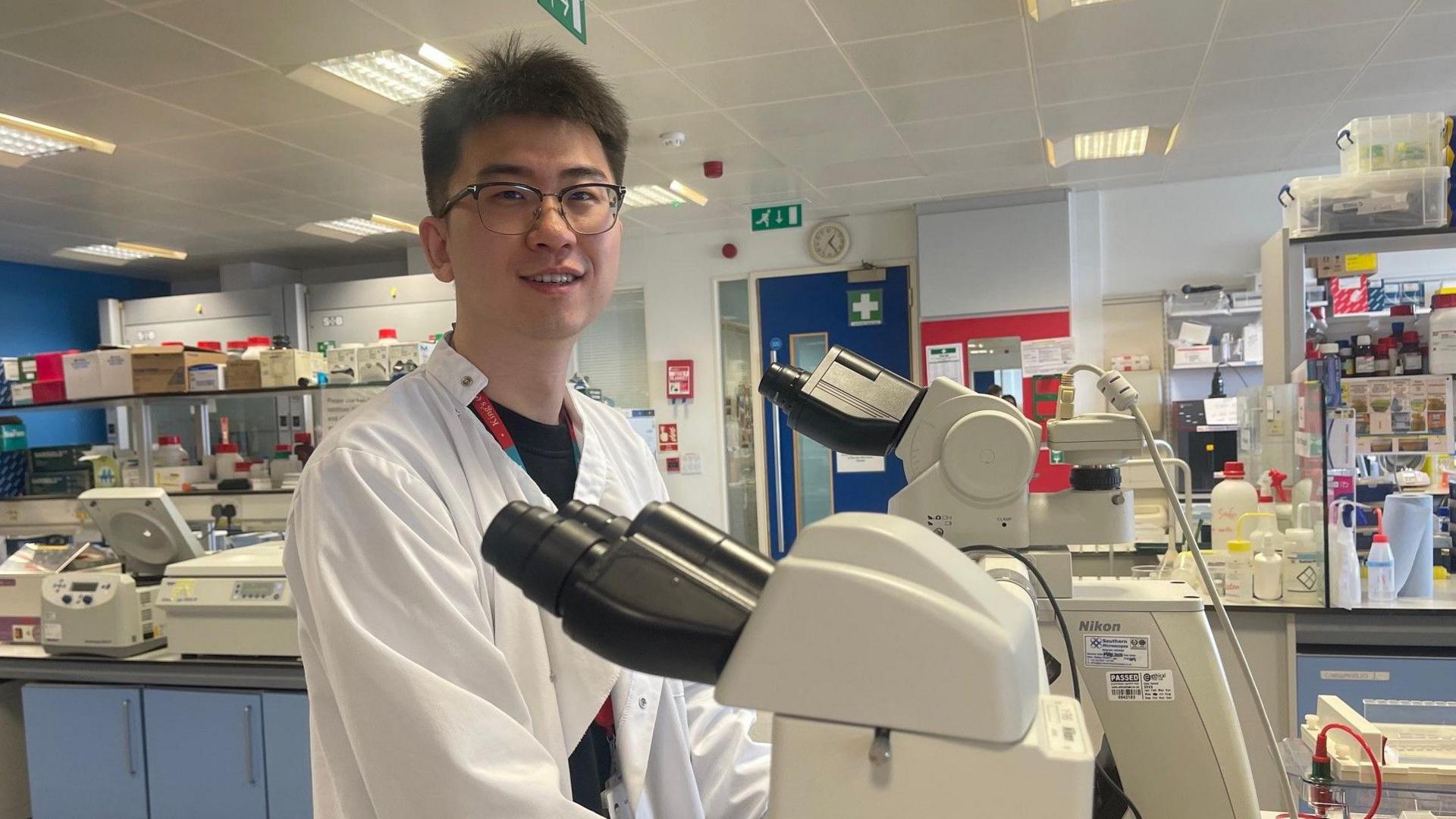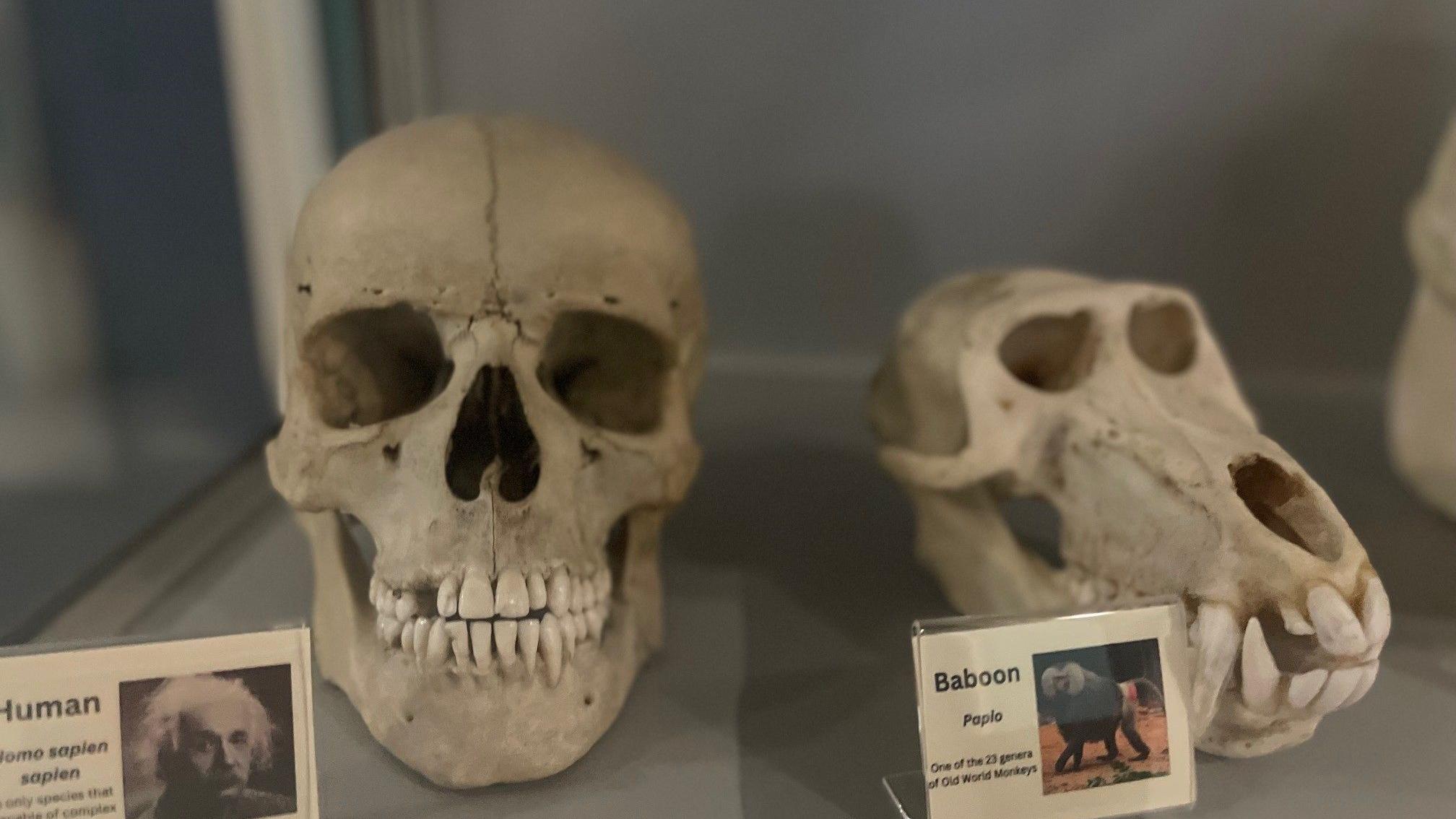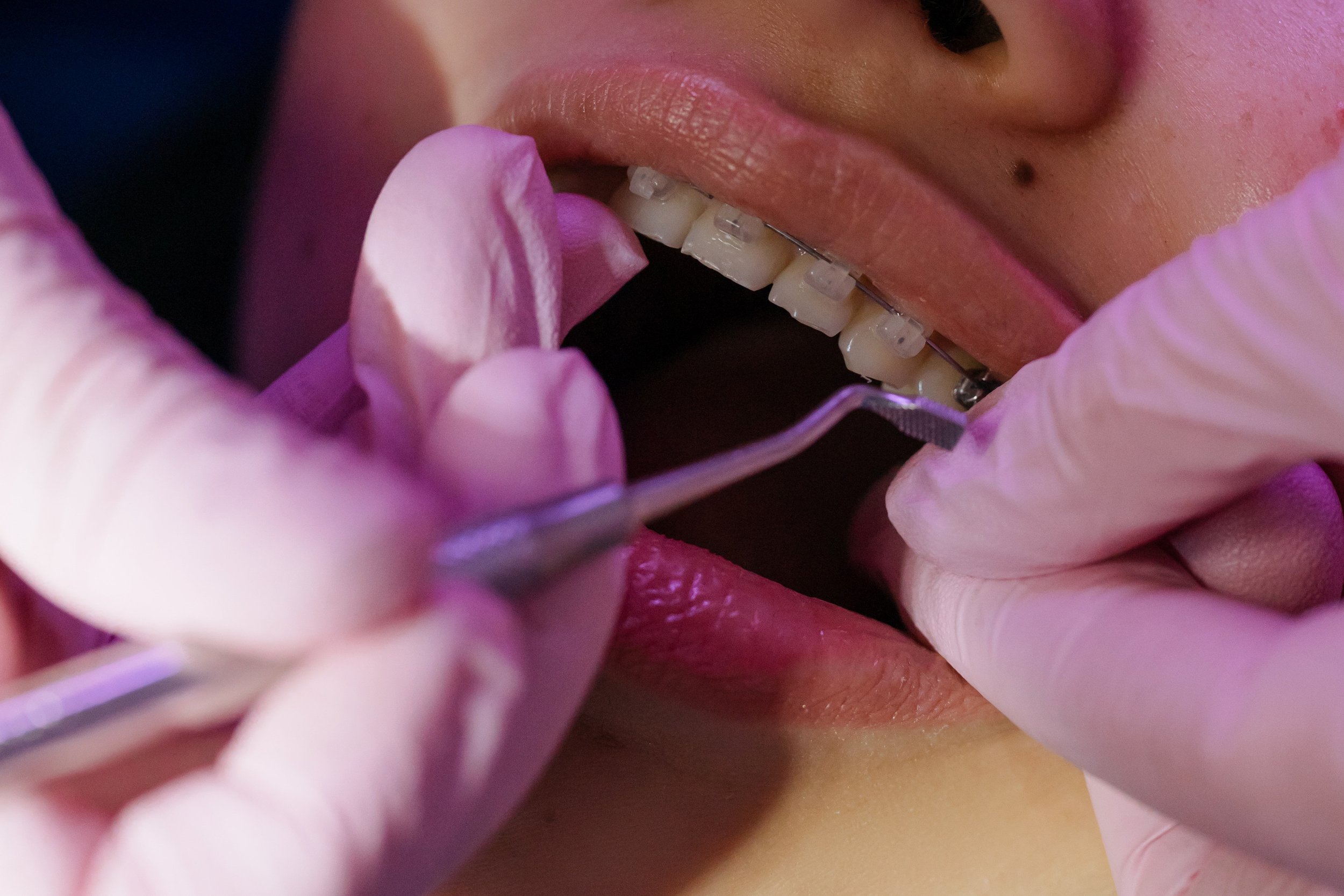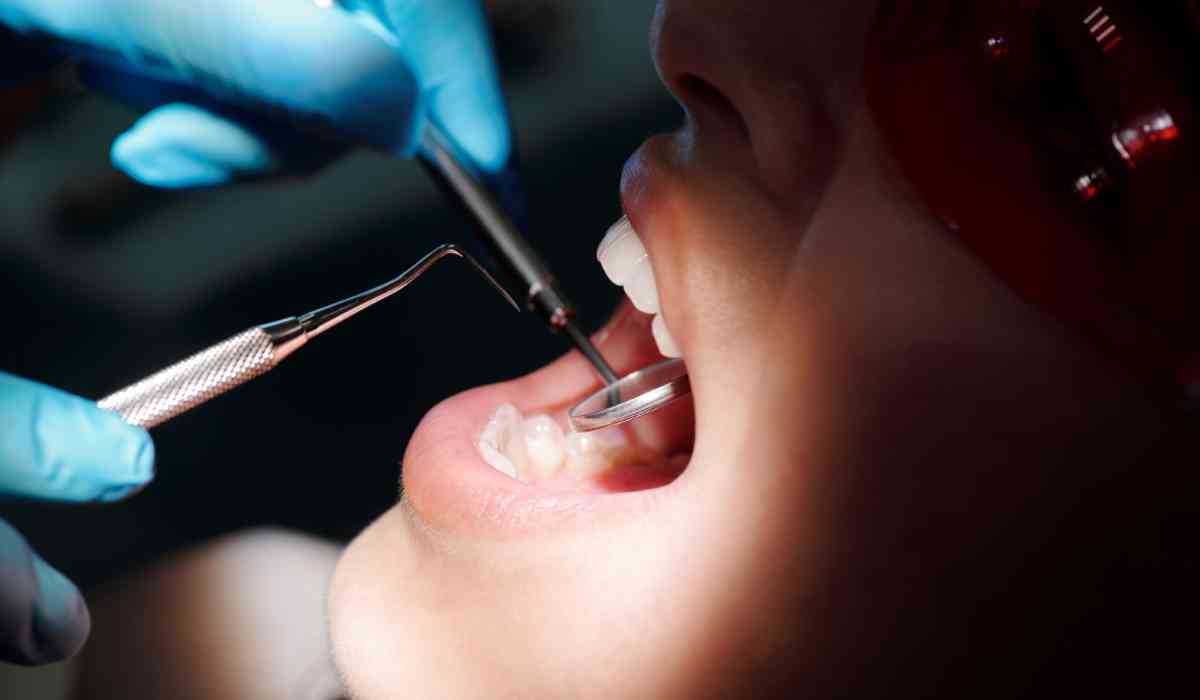In a scientific milestone that could forever change how we approach dental care, researchers at King's College London have successfully grown human teeth in a laboratory setting for the first time. This breakthrough not only paves the way for natural tooth regeneration but also promises to phase out the need for traditional dental implants and fillings in the future.
The research, carried out in collaboration with Imperial College London, is the culmination of over a decade of work in regenerative dentistry. It has now opened new horizons for millions suffering from tooth loss globally.

Why Lab-Grown Teeth Matter: The End of Fillings and Implants?
Human beings, unlike certain animal species such as sharks and elephants, typically get only one set of adult teeth. Once these are damaged or lost, they’re gone for good. Current dental solutions—like fillings, dentures, and implants—are artificial and come with several limitations:
-
Fillings can weaken tooth structure over time and have a finite lifespan, often leading to decay or sensitivity.
-
Implants require invasive surgical procedures and depend on the compatibility of the implant with the alveolar bone, which can sometimes result in long-term complications.
According to Dr Ana Angelova-Volponi, Director of Regenerative Dentistry at King’s College London, the ability to regrow a biologically natural tooth could "revolutionise dental care," offering patients a more permanent, functional, and biocompatible solution.

The Science Behind Lab-Grown Human Teeth
At the core of the breakthrough is a specially developed material that replicates the natural cellular environment, known as the extracellular matrix, necessary for tooth formation. This matrix allows cells to send signals to one another, which is crucial in mimicking natural tooth development outside the human body.
“We developed this material in collaboration with Imperial College to replicate the environment around the cells in the body,” said Xuechen Zhang, a final-year PhD researcher at King’s College. “This meant that when we introduced the cultured cells, they were able to send signals to each other to start the tooth formation process.”
In contrast to earlier unsuccessful attempts, this material releases signals gradually, closely mimicking the way cells communicate in the human body during natural tooth growth. This controlled signaling has proven essential in enabling cell transformation into tooth-forming cells.

What Makes Lab-Grown Teeth Superior?
The potential benefits of lab-grown teeth far outweigh current dental procedures:
-
Self-regeneration: These teeth are grown from the patient’s own cells and can naturally integrate into the jawbone.
-
Biological compatibility: No risk of rejection, unlike implants.
-
Strength and longevity: Designed to be more durable and resistant than synthetic alternatives.
-
Aesthetic and psychological benefits: Offers a real, natural-looking tooth replacement, unlike dentures or bridges.
Zhang noted, “Lab-grown teeth would naturally regenerate, integrating into the jaw as real teeth. They would be stronger, longer lasting, and free from rejection risks.”
Real-World Applications and Global Implications
Tooth loss is a global health issue, affecting millions due to age, accidents, decay, or disease. Beyond impairing basic functions like chewing and speaking, it can lead to severe aesthetic and psychological impacts. The ability to regrow a patient’s own teeth presents a sustainable, minimally invasive, and long-lasting solution.
“This idea of replacing the tooth in a biological way by regrowing it drew me to London and to King’s,” said Dr Angelova-Volponi. “By growing a tooth in a dish, we are really filling in the gaps of knowledge.”

Challenges Ahead: What’s Next for Lab-Grown Teeth?
While the lab environment for growing teeth has been successfully created, the next critical step is determining how best to transition these lab-grown teeth into patients' mouths.
Scientists are exploring two key approaches:
-
In-situ regeneration: Transplanting young tooth cells directly into the patient's jaw, allowing the tooth to grow and develop inside the mouth.
-
Full in-lab development: Cultivating an entire tooth in the lab, which is then implanted into the jaw once fully formed.
“We have different ideas to put the teeth inside the mouth,” Zhang explained. “We could transplant the young tooth cells at the location of the missing tooth and let them grow inside the mouth. Alternatively, we could create the entire tooth in the lab before placing it in the patient’s mouth.”
Both options require the initiation of the tooth development process at a very early stage within a lab-controlled environment.
A New Era in Regenerative Dentistry
Although it could take several years before this technology is available in everyday dental clinics, the implications are enormous. Not only does it offer a more holistic, natural solution to tooth loss, but it also represents a broader shift in medical science toward regenerative treatments that utilize the body’s own cells.
“As the field progresses, the integration of such innovative techniques holds the potential to revolutionise dental care, offering sustainable and effective solutions for tooth repair and regeneration,” Dr Angelova-Volponi concluded.
With inputs from agencies
Image Source: Multiple agencies
© Copyright 2025. All Rights Reserved Powered by Vygr Media.






















